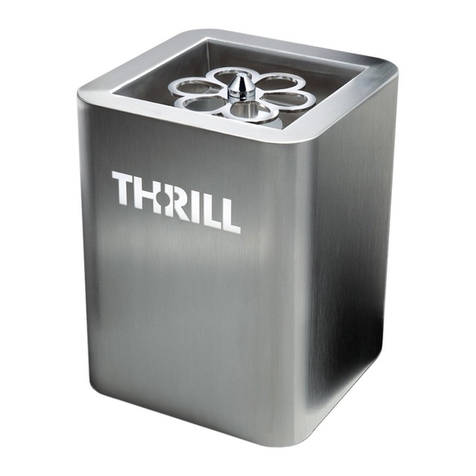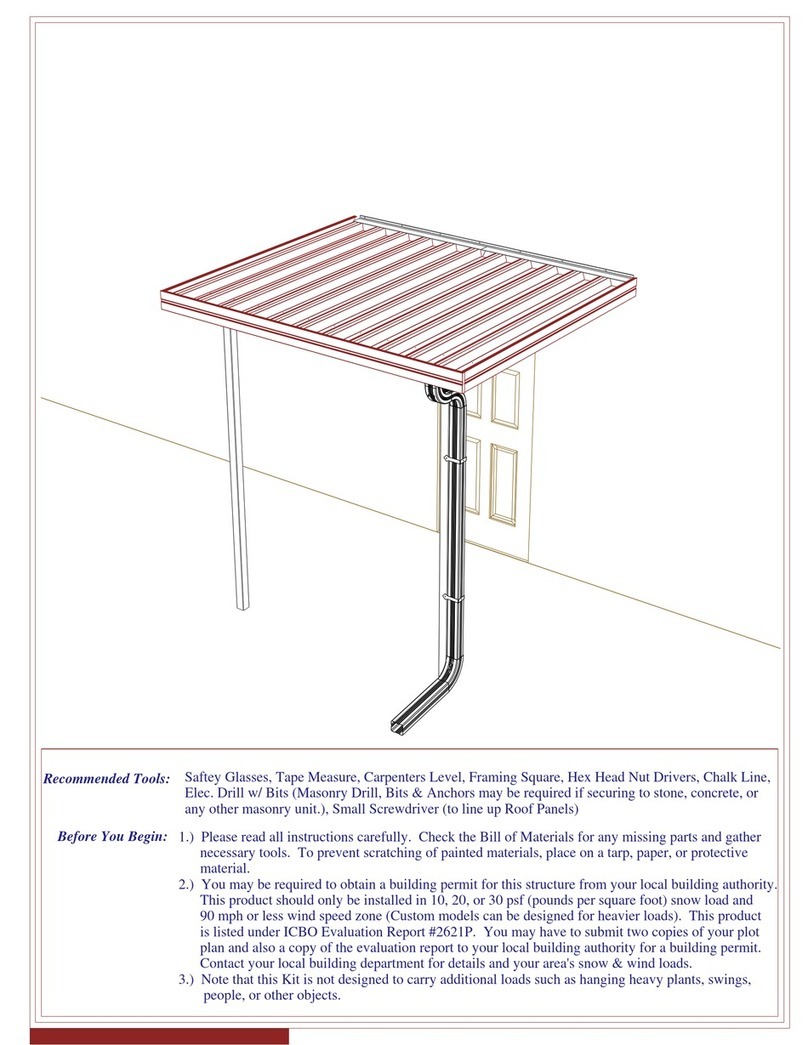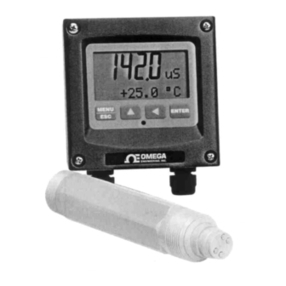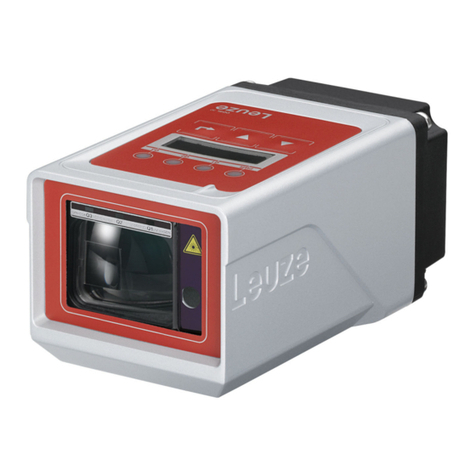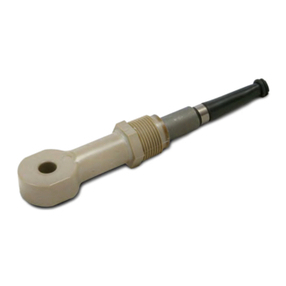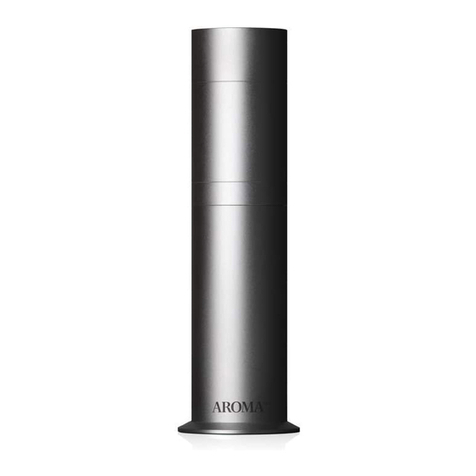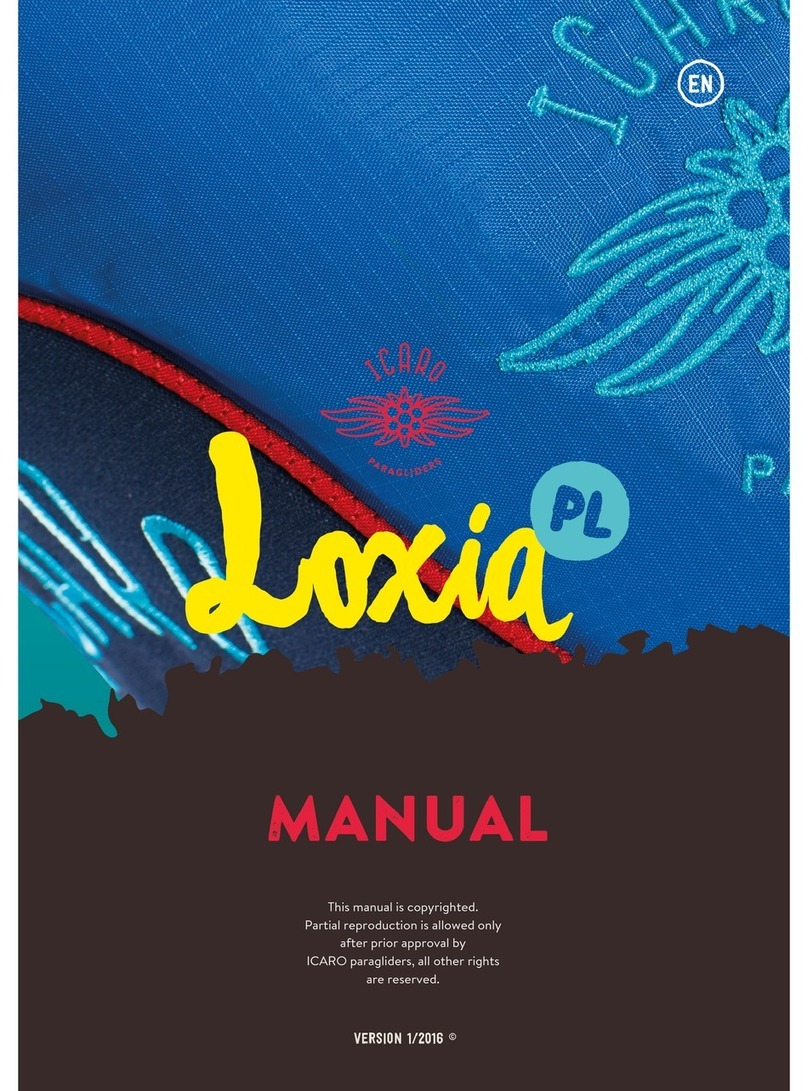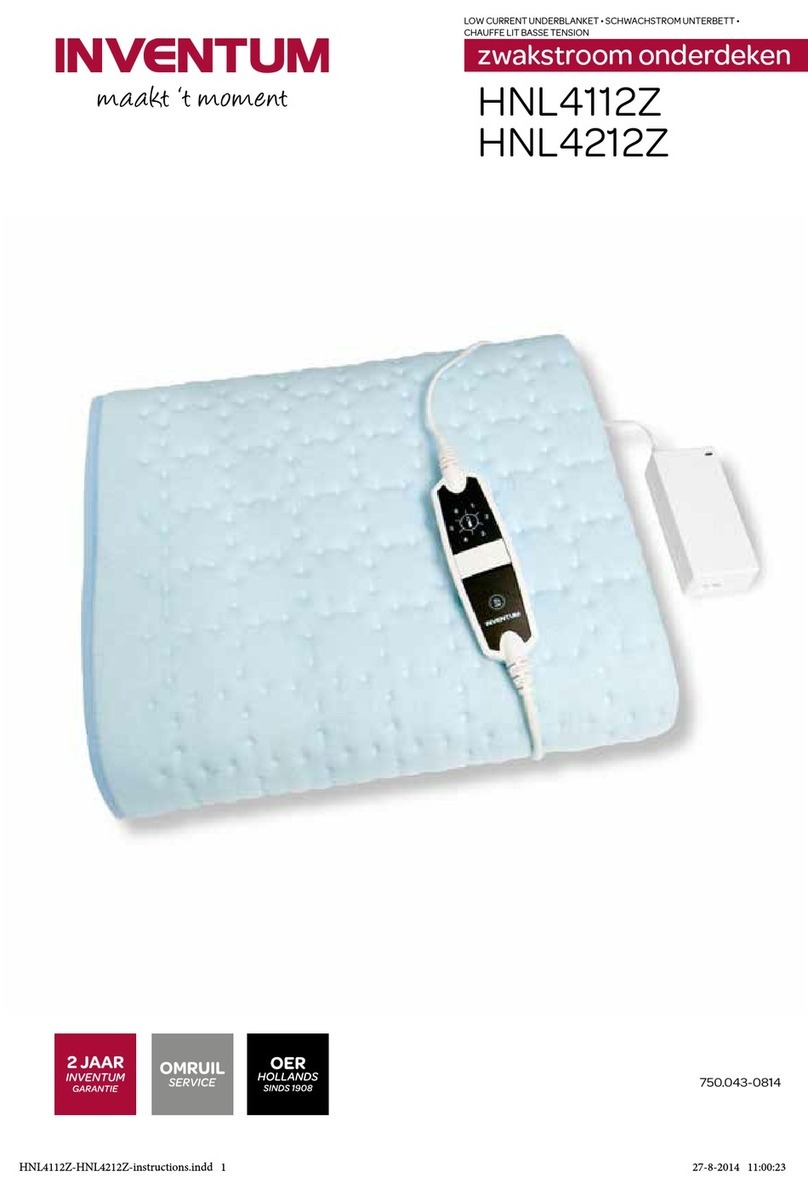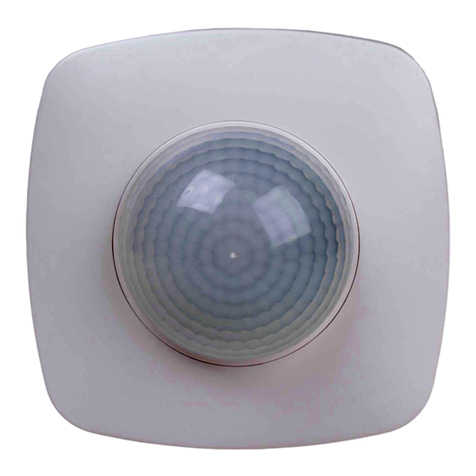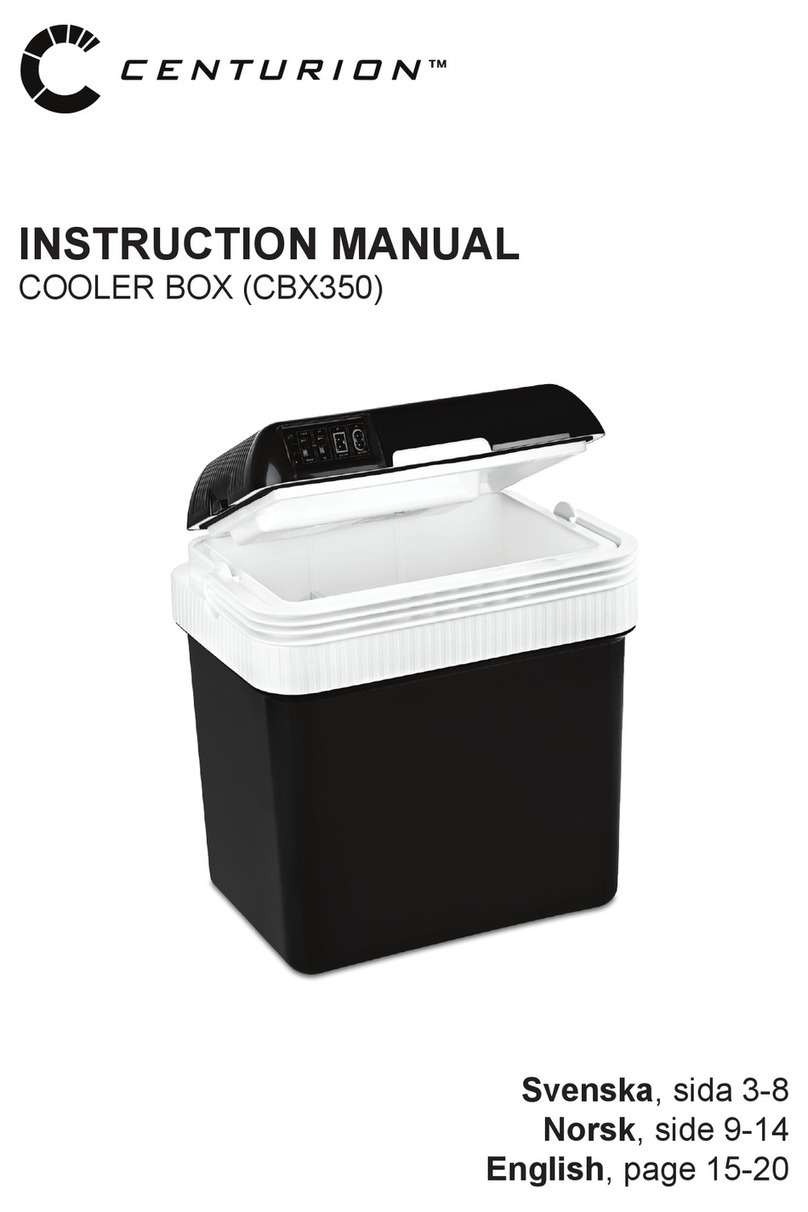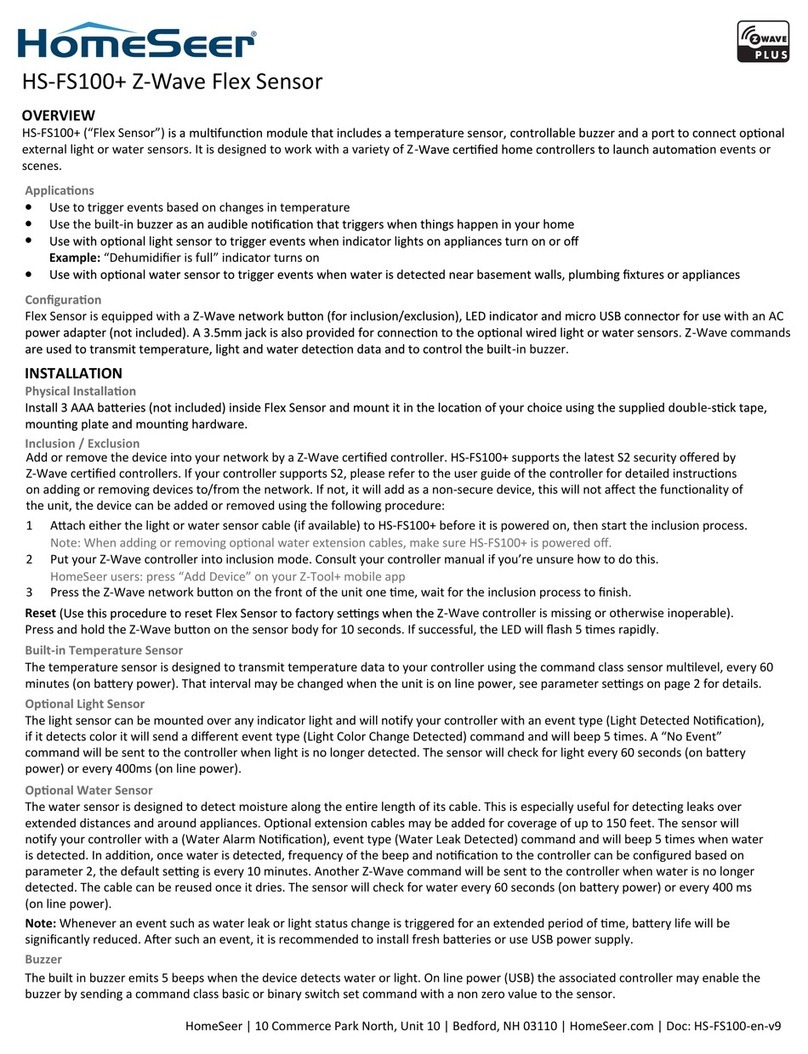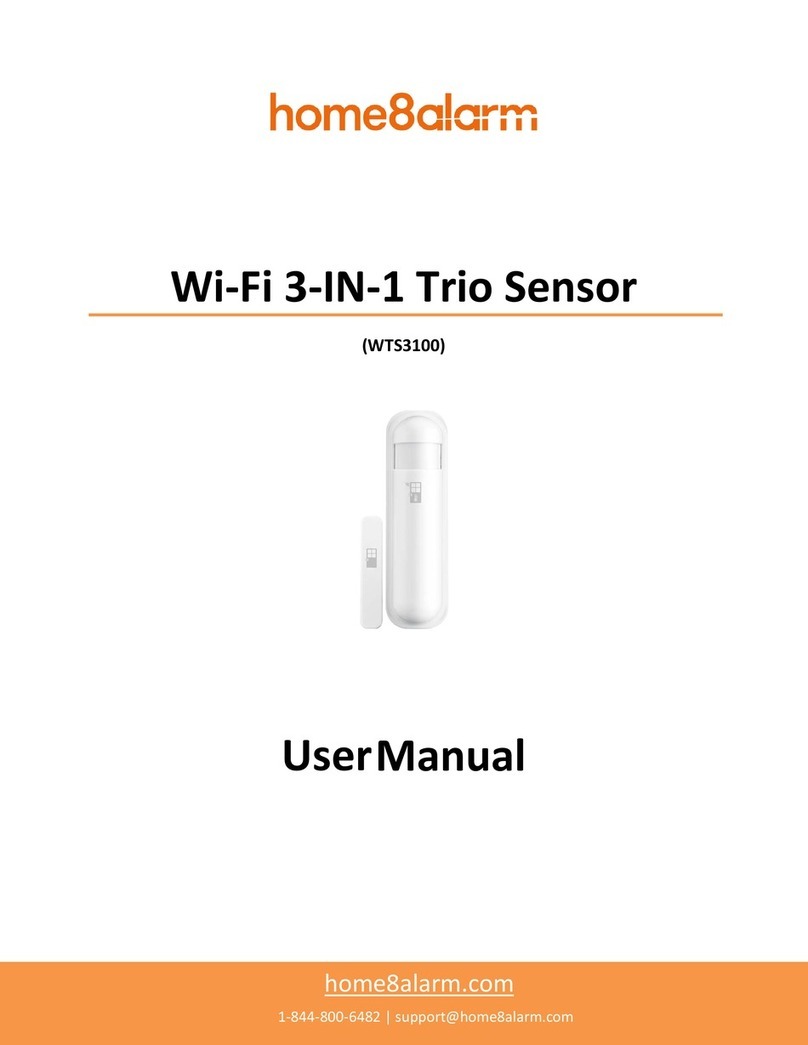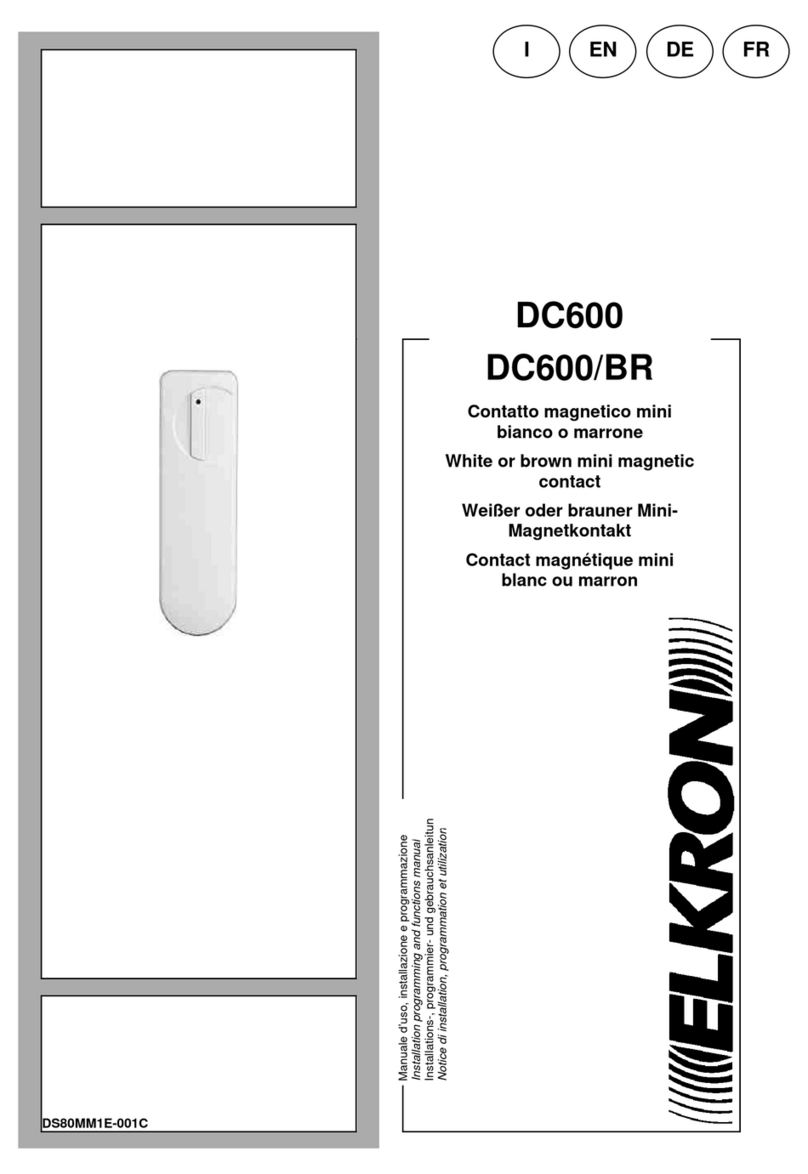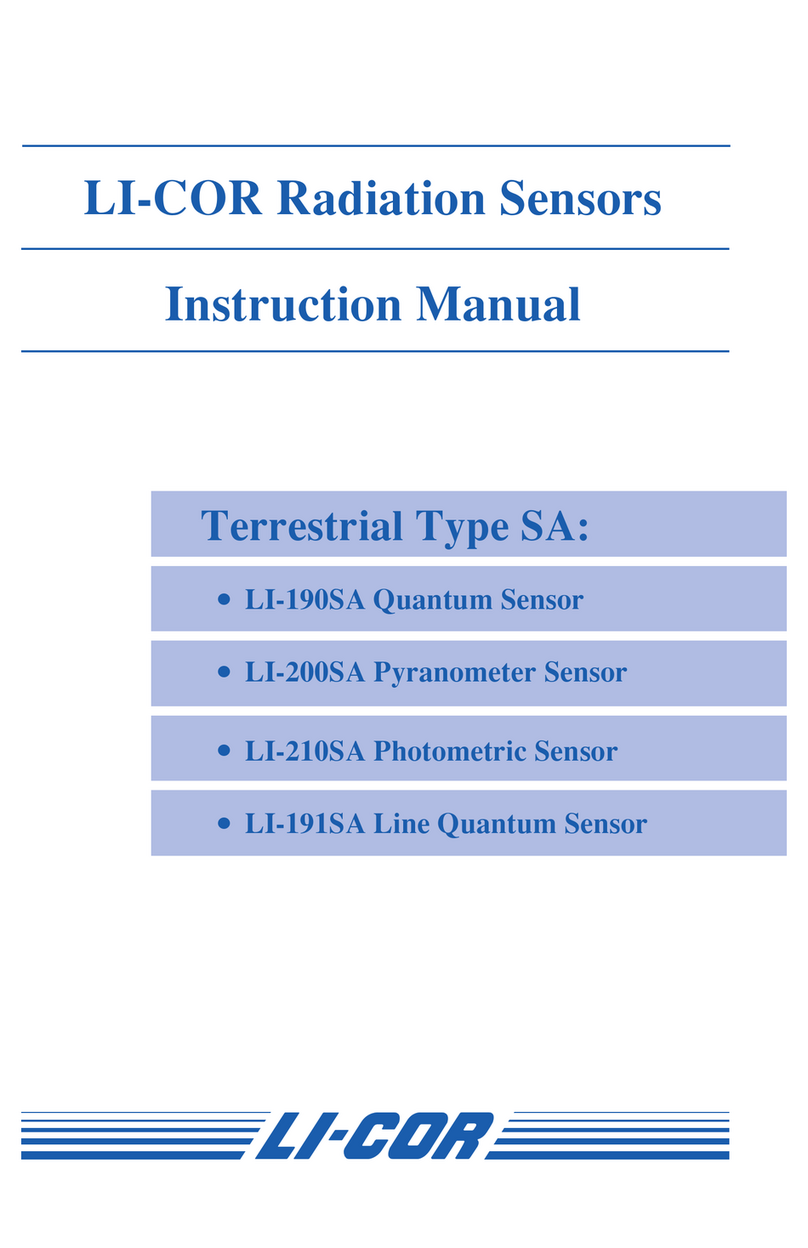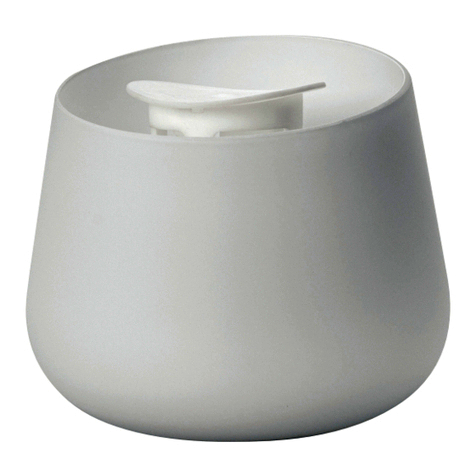THRILL VORTEX F1-PRO Operating instructions

Glassware sanitizing appliance
user and maintenance manual
Manuale di uso e manutenzione
macchina sanicatore di bicchieri
Manufacturer / Ditta costruttrice:
THRILL INTERNATIONAL S.R.L.
Date of First Edition: 12-05-2014
Revisions : 1
Last revision: March 2015
Data prima emissione: 12-05-2014
Revisione: 1
Data ultima revisione: 07-03-2015

2
This document is the property of THRILL INTERNATIONAL and may not be reproduced without the company’s prior consent.
PAGE INDEX
This document consists of 16 pages.
Revisions made to individual pages are provided in the table below.
REVISIONS TO THE MANUAL
Date of the rst edition of the manual - December 2014
Date of the last revision to the manual
Rev. N° Date rev. Variant Date or serial
number
0 DEC. 2014 First Edition All
1MARCH 2015 Gas cylinder safety instructions added All
Pag. n° Rev. Pag. n° Rev Pag. n° Rev Pag. n° Rev Pag. n° Rev Pag. n° Rev
1 1 13 125 -37 -49 -61 -
2 1 14 126 -38 -50 -62 -
3 1 15 127 -39 -51 -63 -
4116 128 -40 -52 -64 -
5117 -29 -41 -53 -65 -
6 1 18 -30 -42 -54 -66 -
7 1 19 -31 -43 -55 -67 -
8 1 20 -32 -44 -56 -68 -
9121 -33 -45 -57 -69 -
10 122 -34 -46 -58 -70 -
11 123 -35 -47 -59 -71 -
12 124 -36 -48 -60 -72 -

GLASSWARE SANITIZING APPLIANCE
User and maintenance manual
REV. 1
3
ENGLISH
1. IDENTIFICATION OF PARTS.............................................................................................................. 4
2. SAFETY INSTRUCTIONS ................................................................................................................... 5
2.1. INTENDED USE AND PURPOSE ....................................................................................................... 5
2.2. SAFETY WARNINGS........................................................................................................................... 5
2.3. DANGER WARNINGS......................................................................................................................... 5
3. APPLIANCE DESCRIPTION AND TECHNICAL SPECIFICATIONS................................................... 7
3.1. DESCRIPTION..................................................................................................................................... 7
3.2. APPLIANCE PARTS............................................................................................................................. 7
3.3. TECHNICAL SPECIFICATIONS .......................................................................................................... 8
4. INSTALLATION ................................................................................................................................... 9
4.1. GETTING STARTED: SET-UP INSTRUCTIONS................................................................................. 9
4.2. CONNECTING THE GAS CYCLINDER............................................................................................. 10
5. OPERATION AND USE......................................................................................................................12
5.1. COMPATABLE GLASSWARE.............................................................................................................12
5.2. OPERATING INSTRUCTIONS...........................................................................................................13
5.3. TROUBLESHOOTING .......................................................................................................................13
6. CLEANING INSTRUCTIONS............................................................................................................ 14
7. END OF PRODUCT LIFE AND DISPOSAL INSTRUCTIONS .......................................................... 14
7.1. END OF PRODUCT LIFE................................................................................................................... 14
7.2. DISPOSAL ......................................................................................................................................... 14

4
This document is the property of THRILL INTERNATIONAL and may not be reproduced without the company’s prior consent.
1. IDENTIFICATION OF PARTS
The various are connected to each other as illustrated below:
Cylinder CO2
connection tube Sanitizing machine
Cooling/ Sanitizing
Unit
Chargable internal
battery
12 Volt
Charger
12V DC
To electricity
(100/240V 60Hz)
Tank CO2 with
suction pipe
Group
solenoid valve
Mains Charger
and power cable

GLASSWARE SANITIZING APPLIANCE
User and maintenance manual
REV. 1
5
ENGLISH
2. SAFETY INSTRUCTIONS
• Please read this instruction manual carefully to ensure you fully understand the contents
before attempting to operate the appliance for the rst time, and comply with all safety
instructions!
• The appliance must only be used for the purposes and in the manner described in these
instructions.
• Please keep these instructions for future reference.
• Any appliance sold or passed on to third parties must be accompanied by the instruction manual.
• This appliance does not preclude the need to wash and sterilize glasses, which must be
thoroughly cleaned after each use.
2.1. INTENDED USE AND PURPOSE
This appliance, which functions using jets of carbon dioxide, is designed expressly for the
purpose of sanitizing and cooling glasses or glass and plastic containers. It is intended for both
professional and home use. Use of the appliance in small enclosed areas requires adequate
ventilation.
2.2. SAFETY WARNINGS
Please pay attention to the safety symbols used in this instruction manual, which are as follows:
DANGER! High risk: Failure to observe this warning may result in fatal injury or serious
material damage
WARNING: Medium Risk: Failure to observe this warning may result in injury or serious material
damage
CAUTION: Low risk: Failure to follow this warning may result in minor injury or material damage.
2.3. HAZARDS
The potential dangers associated with the appliance during various stages of its operation and
use are listed below:
- DANGER TO CHILDREN AND THE LESS ABLED
Given the risk of suocation, children should not be allowed to play with any of the packaging
material or protective plastic bags. Please keep the appliance out of the reach of children and
always maintain a watchful eye when children are in the vicinity of the machine.
The appliance is not suitable for use by children, by adults with limited physical, mental, or
intellectual capacities, or those lacking necessary experience.
Ensure that children do not play with the appliance, knock it over, cause the adapter to fall, or
tamper with the CO2cylinder.
- POWER SUPPLY
• To avoid the risk of electric shock, protect the appliance from humid and damp conditions,
splashes of water or drops of moisture.
• Do not use the appliance outdoors or near water-lled receptacles, such as sinks.
• Make sure that the support base beneath the unit is dry.

6
This document is the property of THRILL INTERNATIONAL and may not be reproduced without the company’s prior consent.
• Do not use the appliance if the power supply unit or power cable are damaged in any way or
if the machine itself has been previously knocked over or dropped.
• To avoid risk, do not modify or make any changes to the product. Do not replace the
connection cable yourself.
• In case of the need for repair, do not attempt such repairs yourself. Only have your appliance
repaired by our service centre or laboratories authorized by Thrill International.
• In the event that liquids penetrate the appliance casing or foreign objects fall into the
appliance, immediately disconnect the plug from the electricity supply.
Have the appliance safety checked before operating it.
The appliance casing, power cable, power adapter, and plug must not be immersed in water
or other liquids.
However, in the event that the appliance falls into water or other liquid, immediately remove
the plug from the electricity supply. Under no circumstances touch or attempt to remove
the appliance until you have done so. Do not attempt to use the appliance until a specialist
laboratory has checked it.
Do not touch the power adapter or cable with wet hands.
Connect the plug to a properly tted and easily accessible power socket, whose voltage
corresponds to the specications provided on the rating plate. The power socket must remain
easily accessible once the appliance has been connected.
Make sure that the power cable is not susceptible to damage from sharp edges or hot spots.
The appliance is not completely disconnected even after it has been switched o and therefore
to ensure it is completely isolated from the power supply, remove the plug.
When positioning the appliance, ensure the power cable is not kinked or crushed.
To remove the plug from the wall socket, always pull the plug and never the cable.
The socket outlet must be protected by a RCD with IΔn ≤ 30 mA instantaneous trip.
If in doubt, consult a qualied electrical installer.
- HYGIENE
The appliance must be cleaned regularly in order to prevent the growth of bacteria.
Do not place dirty glasses containing liquid residues on the grille.
Avoid the build-up of liquid in the drip tray.
While this appliance reduces the build-up of bacteria in glassware and plastic receptacles, it
is not a substitute for proper cleaning and sanitization, which must be performed using a
dishwasher.
- USE
Never look directly into the jet stream or directly expose it to parts of the body (face, hands,
arms, etc.), in order to avoid the risk of frost burn.
Avoid placing your hands inside the basin during operation or immediately after appliance use.
Before using the appliance, ensure it is completely dry, as the presence of water in the tank
can lead to splashing and potential frostbite; if liquids have accumulated in the drip tray, dry
it thoroughly. There is a risk that protective treatments and nishes applied to work surfaces
may cause the rubber feet tted to the appliance to corrode or become stuck to the surface;
to ensure this does not occur, place a non-slip base or mat under the machine. Do not use
detergents or acids for cleaning surfaces; only use products specically suitable for cleaning
stainless steel. Clean all exterior surfaces of the machine by hand; the nozzle, grille and
accompanying parts can be washed in a dishwasher.

GLASSWARE SANITIZING APPLIANCE
User and maintenance manual
REV. 1
7
ENGLISH
3. APPLIANCE DESCRIPTION AND TECHNICAL SPECIFICATIONS
3.1. DESCRIPTION
The machine sanitizer is designed to reduce the presence and build-up of bacteria in ready to use
glasses and plastic containers by means of a rapid chilling action using jets of food grade liquid
carbon dioxide (E290). This process not only eliminates most of the pathogens present on the
inner surface and on the edge of the glass or container but also has a cooling or chilling eect, thus
enhancing the taste of the contents. The process consists of blasting the inside of the glass with a jet
of carbon dioxide, which, as it evaporates, cools both the interior and surface of the glass, resulting
in a chilled and far more hygienic glass.
The liquid carbon dioxide is drawn from a carbon dioxide cylinder (available upon request) and
subsequently sprayed into the glass.
Please note that under conditions of low atmospheric pressure, dry ice may form on the machine
nozzle; this is quite normal and in no way compromises the functioning of the appliance; The
dry ice evaporates after a few seconds without leaving any trace on the glass. In the event of low
atmospheric pressure, dry ice may continue to form for several hours.
3.2. APPLIANCE PARTS
The appliance consists of the following parts:
- Glassware sanitizer, as illustrated in the diagram below:
Micro-organism Reduction percentages
Salmonella enteritidis > 88 %
Staphylococcus aureus > 83 %
Escherichia coli > 87 %
Penicillium nalgiovense > 83 %
Listeria innocua > 80 %
Pseudomonas putida > 66 %
Brettanomyces bruxellensis > 50 %
Drip tray
Nozzle Nozzle
Bush
Bush
Ring nut
Rosette
wheel
Machine
body

8
This document is the property of THRILL INTERNATIONAL and may not be reproduced without the company’s prior consent.
The sanitizer is connected to the CO2gas cylinder by means of a screw connection and a
solenoid valve to regulate the ow of gas to the glasses.
THRILL INTERNATIONAL supplies its own gas cylinders but other cylinders may be used
provided that they have the following characteristics:
- Content: food grade CO2 (E290)
- Connection: in accordance with ISO 5145 UNI 4406 Gr2 W 21.7 x 1/14 “Ø 27 x 2
- Fitted with a dip tube
- Fitted with a manual valve to shut o the gas supply.
- Battery Charger
The battery charger charges the battery tted inside the appliance thus eliminating the need
for a power supply and allowing the device to be used for mobile banquets or other outdoor
events. The charger should only be connected to the machine when the battery is low;
average charge time is 12 hours.
- Battery
The battery used in the machine is a LEAD-GEL battery 12 V 5 Ah and does not contain Lithium.
It is not accessible to the user and must be replaced by authorized personnel; do not replace
with batteries with dierent characteristics.
3.3. TECHNICAL SPECIFICATIONS
The technical features of the appliance are listed below:
VORTEX model F1 PRO
Power adapter for charger 100 - 240 Vac, 50/60 Hz
Battery charger plug CEE 7/16 Italian standard CEI 23-5
Power consumption 50 W maximum when charging
Jet spray pressure 1 bar
Spray duration Equal to time pressure applied
Physical characteristics
Functional temperature range +10 to +40 ° C
Maximum operating altitude 2000 metres
Noise level when spraying 89 dBA
Vibrations generated during spraying are not sucient to pose any danger
Dimensions and weight of packaged product 30 * 30 * 28 cm; weight 7 Kg
Maximum number of stackable packages 2
Appliance dimensions and weight 20 * 20 * 25 cm
Power adapter dimensions and weight 11,5 * 5 * 3 cm; 220 gr,
power cable length 140 cm
Gas cylinder dimensions and weight 4 litres Ø 14 * 59 cm peso 11,3 Kg
Gas cylinder dimensions and weight 10-litre Ø 19 * 76 cm peso 26 Kg
CO2cylinder connection ISO 5145 UNI 4406 Gr2 W 21.7 x 1/14 “Ø 27 x 2

GLASSWARE SANITIZING APPLIANCE
User and maintenance manual
REV. 1
9
ENGLISH
4. INSTALLATION
NOTE
On rst use, there may be tiny scraps of debris remaining on the product from the packaging
material; the product may also emit an odour. To ensure the machine is clean and ready to use,
rst run the machine on an empty cycle.
The appliance is delivered in sturdy cardboard packaging; gently remove the individual parts
from the box and lay them out on a at surface. Check that the contents are complete and that
all the following items are included:
1) Glassware sanitizing machine
2) Battery charger
3) Power adapter
4) Instruction Manual
Should one or more parts be missing, please contact the distributor or product manufacturer.
Upon request, THRILL INTERNATIONAL can provide the carbon dioxide lled cylinders required
to operate the appliance, these are supplied in two sizes: 4 Kg or 10 Kg.
The 4 Kg cylinder is guaranteed to sanitize and chill a minimum of 230 medium sized glasses or
140 decanters; the 10 Kg cylinder, 560 medium sized glasses or 340 decanters.
4.1. GETTING STARTED
Before use, it is necessary to recharge the battery supplied with the appliance. To do this, simply
connect the power cable to the power charger and the low voltage cable to the connection
socket of the sanitizing machine, which is positioned next to the on/o switch, as illustrated in
the diagrams below.
Charger connection
socket battery On/o switch
sanitizing
machine
Charger connection
socket battery

10
This document is the property of THRILL INTERNATIONAL and may not be reproduced without the company’s prior consent.
The battery charge time is approximately 12 HOURS and once recharged is sucient to operate
the appliance with a 10 litre full CO2cylinder.
The appliance is tted with four rubber feet so that it can be placed rmly on a worktop as
illustrated below.
To ensure proper functioning and the safety of those operating the appliance, the
machine must be placed on a dry, smooth, at surface. It must then be connected to a gas
cylinder (with dip tube) lled with food grade CO2 (E290).
DANGER
Only use carbon dioxide that is specied for food use or is marked ‘E290’. The use of
other types of carbon dioxide (e.g. industrial use CO2) cannot guarantee the optimal
levels of hygiene that the appliance can provide and may impart an unpleasant odour
to the glasses thus treated.
DANGER
The machine must always be used in ventilated environments as continued use of
the machine in closed, unventilated spaces decreases the percentage of oxygen
present, which may pose a respiratory hazard as it impedes breathing.
CAUTION
The cylinder used must be provided with a dip tube that reaches the bottom of the cylinder
to ensure that only carbon dioxide in its liquid state is used.
Standard carbon dioxide cylinders will not guarantee the high levels of sanitation and chilling
the appliance was designed to provide. All cylinders supplied by THRILL INTERNATIONAL are
tted with a dip tube and are ready to be lled with E290.carbon dioxide.
SAFETY WARNING
Do not install the gas cylinders used with this machine in the vicinity of sources of heat or in
direct sunlight or install in ambient temperatures of above 50 ° C.
4.2. CONNECTING THE GAS CYLINDER
While the battery is charging, the CO2cylinder can be connected to the appliance.
To connect the cylinder, follow the steps listed below:
1) Install the cylinder in the desired location, away from naked ames or sources of heat
2) Position the ring nut/ange on the connector tube against the connection thread on the cylinder
3) Manually screw the connection ring nut/ange to the thread by rotating clockwise until tight,
nish tightening the nut using a No. 27 spanner.
4) Slowly release the CO2 cylinder valve by turning the knob anti-clockwise until it is fully open
and the mechanism locks.
Identication plate
Rubber support feet

GLASSWARE SANITIZING APPLIANCE
User and maintenance manual
REV. 1
11
ENGLISH
See illustrations below:
5) If, when opening the valve, you can hear CO2 escaping, close the valve, unscrew the
connection, check there is no dust or dirt between the two conical surfaces and following the
steps described above, re-screw the connector to the cylinder.
Before using the appliance, the battery charger and power adapter must be unplugged and
both stored in a safe place for subsequent reuse.
When the need arises to replace the CO2 cylinder, turn o the gas supply from the cylinder and
run the machine on an empty cycle to relieve the gas pressure in the tube, before unscrewing
the connector. Then proceed with the connection of the full cylinder as described previously.
locking
junction
Open
gas ow
Close
gas ow

12
This document is the property of THRILL INTERNATIONAL and may not be reproduced without the company’s prior consent.
5. OPERATION AND USE
The appliance is very easy to operate and all the necessary information to ensure proper
functioning is provided below.
5.1. COMPATABLE GLASSWARE
The appliance is designed for the sanitization of drinking glasses, decanters, pitchers and other
containers. The following table provides approximate time estimates for sanitizing and chilling
or sanitizing and freezing glasses, followed by the estimated consumption of CO2in grams
(indicated in brackets)
IMPORTANT!
Beware of using low quality glassware or glassware made from recycled crushed glass
as this may cause the glass to crack. In the event that such cracking occurs while using the
appliance, avoid using the same brand or glass type. As a rule of thumb, it is possible to verify
the quality of glassware by checking the weight of the glass; with low quality glassware, this
tends to be approximately half that of standard quality glassware.
TYPE OF GLASSWARE SANIFICATION
AND CHILLING
SANIFICATION
AND FREEZING
Small glass 1 shot
Time 2/2
(10 grams)
2 shots
Time 2 + 2/2
(20 grams)
Medium glass 1 shot
Time 3/2
(15 grams)
2 shots
Time 3 + 2/2
(25 grams)
Large glass 1 shot
Time 3/2
(15 grams)
2 shots
Time 3 + 3/2
(30 grams)
Tankard or jug 1 shot
Time 5/2
(25 grams)
2 shots
Time 5 + 5/2
(50 grams)

GLASSWARE SANITIZING APPLIANCE
User and maintenance manual
REV. 1
13
ENGLISH
5.2. OPERATING INSTRUCTIONS
The appliance is simple to use; just follow the instructions listed below.
1) Open the manual valve on the cylinder;
2) Turn on the appliance by pressing the switch positioned on the side of the machine.
3) Take a glass and place it upside down on the rosette wheel;
4) Press down on the rosette wheel; shortly, the gas will ow out from the nozzle and, at the
same time, the logo will light up and illuminate the work area;
5) After the appropriate time has elapsed (see table above) lift the glass to cut o the gas supply;
at this point the glass is chilled, sanitized and ready to use;
6) If you wish to freeze the glass, simply repeat steps 4 and 5, above.
5.3. TROUBLESHOOTING
In the event that the appliance fails to function properly, rst consult the checklist
below, as it could just be a minor problem that the user can resolve alone.
DANGER! Never attempt to repair the appliance yourself.
Important: should it become apparent that gas is leaking from the nozzle of the appliance even
when idle, stop use immediately and contact Thrill International to arrange for the appliance to
be sent to its laboratory in order to carry out any necessary maintenance and repairs.
FAULTS POSSIBLE CAUSES/SOLUTIONS
The device does not work Check that the battery is charged.
Check that the manual valve on the tank is open.
Presence of dry ice on the surface
of the glass
Manual valve partially open.
Humidity in the air.
No gas is released when pressing
glass on rosette wheel
Check that the tube between the appliance and the
cylinder is not crushed or attened.
Gas cylinder empty
Splashes of liquid appear when gas
activated
Presence of liquid on the tray.
Dry out the drip tray.
Gas leakage from the machine Stop using the machine
Pressing the glass
on the rosette wheel
Sanitized glass (step 4)

14
This document is the property of THRILL INTERNATIONAL and may not be reproduced without the company’s prior consent.
6. CLEANING
To ensure the optimal levels of hygiene the appliance is capable of delivering are maintained,
the machine must be cleaned daily to remove all the liquids residues that can accumulate in the
drip tray.
To clean the product, follow these steps:
1) Close the valve on the CO2cylinder
2) Place a glass on the rosette wheel and press down to relieve any residual pressure of CO2
3) Turn o the machine at the power switch;
4) Wait a few minutes until the nozzle reaches room temperature;
5) Unscrew the nozzle, the rosette wheel, the bush/bearing
and ring nut/ange and wash in hot water with a mild
detergent; alternatively these can be washed in the
dishwasher. Having removed the aforementioned parts,
clean the drip tray, removing all residual liquid; wash the
inside with a wet sponge and a mild, low-alkaline detergent
suited to cleaning stainless steel; be careful not to allow
any dirt or water to enter
the CO2connection tube
(see the adjacent illustration)
6) After cleaning the machine, reassemble the parts in reverse order to when disassembling
the parts (see point 5)
7. END OF PRODUCT LIFE AND DISPOSAL INSTRUCTIONS
7.1. END OF PRODUCT LIFE
When the appliance has reached the end of its serviceable life, it must be dismantled and
disposed of in the proper manner. If the machine needs to be stored prior to disposal, it must be
rendered unusable by taking the following steps:
Remove the power cable from the charger;
Close the valve on the CO2cylinder and remove the connection tube.
7.2 . DISPOSAL
Within the European Union, products carrying the symbol illustrated on
the left of the crossed out wheelie bin must be disposed of separately.
This applies to both the product and all accessories marked with the
aforementioned symbol. All products thus marked must not be disposed of
with regular household waste, but must be delivered to a collection centre
for recycling electrical and electronic equipment. Recycling helps to reduce
raw material consumption and environmental pollution.
Packaging
Dispose of the packaging in compliance with the environmental regulations
imposed in your country.
CO2connection tube

15
WARRANTY CONDITIONS
Machine: sanitizing glass cleaner
Model: VORTEX F1 PRO
This device has a total warranty of two years form the date of purchase, for private
and a warranty of one year for companies.
It has been made carefully and properly tested before the delivery. You need to keep
the bill or the invoice as a proof of purchase.
If you happen to be in need of intervention of warranty, please contact the manufacturer.
Devices can be xed only if there is a copy of the bill/invoice attached.
Warranty covers defections due to material or fabrication only and NOT for delivery
damage, small parts aected bu usury or fragile parts i.E. Button switch or other
components which come from other manufacturers (except the tank CO2).
The product is destinated both for domestic use and for professional use.
Warranty will not be valid in case of tampering, in case of inappropriate use or if
someone dierent from our support team or our manufacturer will attempt to x it.
The warranty doesn’t put any limit to the legal rights of the purchaser.
The warranty period will not be extended in case of intervention. This is for substitution
of damaged parts or xed ones.
If the purchaser notices some defection or damages at the moment of purchase, they
must be immediately communicated, and not over one week from the date of purchase.
When the warranty ends, all the intervention can be made just paying them. In many
cases, complaints are due to a wrong use of the device. They can be xed via phone easily.
Manufacturer has activate a “reply service” which helps our customers via phone calls.
www.thrillinternational.com support@thrillinternational.com
THRILL INTERNATIONAL S.R.L.
Via Ipplis 101
33100 Udine - ITALY
Tel. +39 0432 582 374
INTERNATIONAL PATENT PENDING
ENGLISH


Manuale di uso
e manutenzione
macchina sanicatore
di bicchieri
ITALIANO

18
Il presente documento è proprietà riservata della THRILL INTERNATIONAL. È vietata la riproduzione senza autorizzazione.
ELENCO PAGINE VALIDE
Il presente documento è composto da 16 pagine
Il livello di revisione delle singole pagine è riportato alla tabella seguente.
REVISIONI DEL MANUALE
Data prima edizione del manuale Dicembre 2014
Data ultima revisione del manuale Marzo 2015
Rev. N° Data rev. Variante Data o S/N
modicati
0 DIC. 2014 Prima emissione Tutte
1MARZO 2015 Aggiunta avvertenze Bombola Tutte
Pag. n° Rev. Pag. n° Rev Pag. n° Rev Pag. n° Rev Pag. n° Rev Pag. n° Rev
1 1 13 125 -37 -49 -61 -
2 1 14 126 -38 -50 -62 -
3 1 15 127 -39 -51 -63 -
4116 128 -40 -52 -64 -
5117 -29 -41 -53 -65 -
6 1 18 -30 -42 -54 -66 -
7 1 19 -31 -43 -55 -67 -
8 1 20 -32 -44 -56 -68 -
9121 -33 -45 -57 -69 -
10 122 -34 -46 -58 -70 -
11 123 -35 -47 -59 -71 -
12 124 -36 -48 -60 -72 -

MACCHINA SANIFICATORE DI BICCHIERI
Manuale di uso e manutenzione
REV. 1
19
ITALIANO
1. IDENTIFICAZIONE DEI COMPONENTI .......................................................................................... 20
2. ISTRUZIONI PER LA SICUREZZA.................................................................................................... 21
2.1. USO CONFORME DELLA MACCHINA............................................................................................ 21
2.2. AVVERTENZE DI SICUREZZA .......................................................................................................... 21
2.3. PERICOLI........................................................................................................................................... 21
3. DESCRIZIONE DELLA MACCHINA E CARATTERISTICHE TECNICHE ......................................... 23
3.1. DESCRIZIONE................................................................................................................................... 23
3.2. COMPONENTI DELLA MACCHINA................................................................................................. 23
3.3. CARATTERISTICHE TECNICHE ....................................................................................................... 24
4. INSTALLAZIONE............................................................................................................................... 25
4.1. OPERAZIONI PRELIMINARI............................................................................................................ 25
4.2. COLLEGAMENTO BOMBOLA......................................................................................................... 26
5. FUNZIONAMENTO .......................................................................................................................... 28
5.1. TIPOLOGIA DI BICCHIERI TRATTATI.............................................................................................. 28
5.2. MODALITA’ DI FUNZIONAMENTO................................................................................................. 29
5.3. MALFUNZIONAMENTI.................................................................................................................... 29
6. PULIZIA ............................................................................................................................................. 30
7. MESSA FUORI SERVIZIO E SMALTIMETO ..................................................................................... 30
7.1. MESSA FUORI SERVIZIO ................................................................................................................. 30
7.2. SMALTIMENTO................................................................................................................................. 30

20
Il presente documento è proprietà riservata della THRILL INTERNATIONAL. È vietata la riproduzione senza autorizzazione.
1. IDENTIFICAZIONE DEI COMPONENTI
Le varie parti sono collegate tra loro secondo lo schema seguente:
Attacco bombola per la CO2
Gruppo elettrovalvola Macchina sanicatore
Unità
di Sanicazione /
Refrigerazione
Batteria interna
ricaricabile
12Volt
Alimentatore
a 12V DC
Alla Rete
(100/240V-60Hz)
Bombola CO2
con tubo pescante
Gruppo
Elettrovalvola
Caricabatterie da rete e
cavo alimentazione rete
Other manuals for VORTEX F1-PRO
2
Table of contents
Languages:
Other THRILL Accessories manuals
